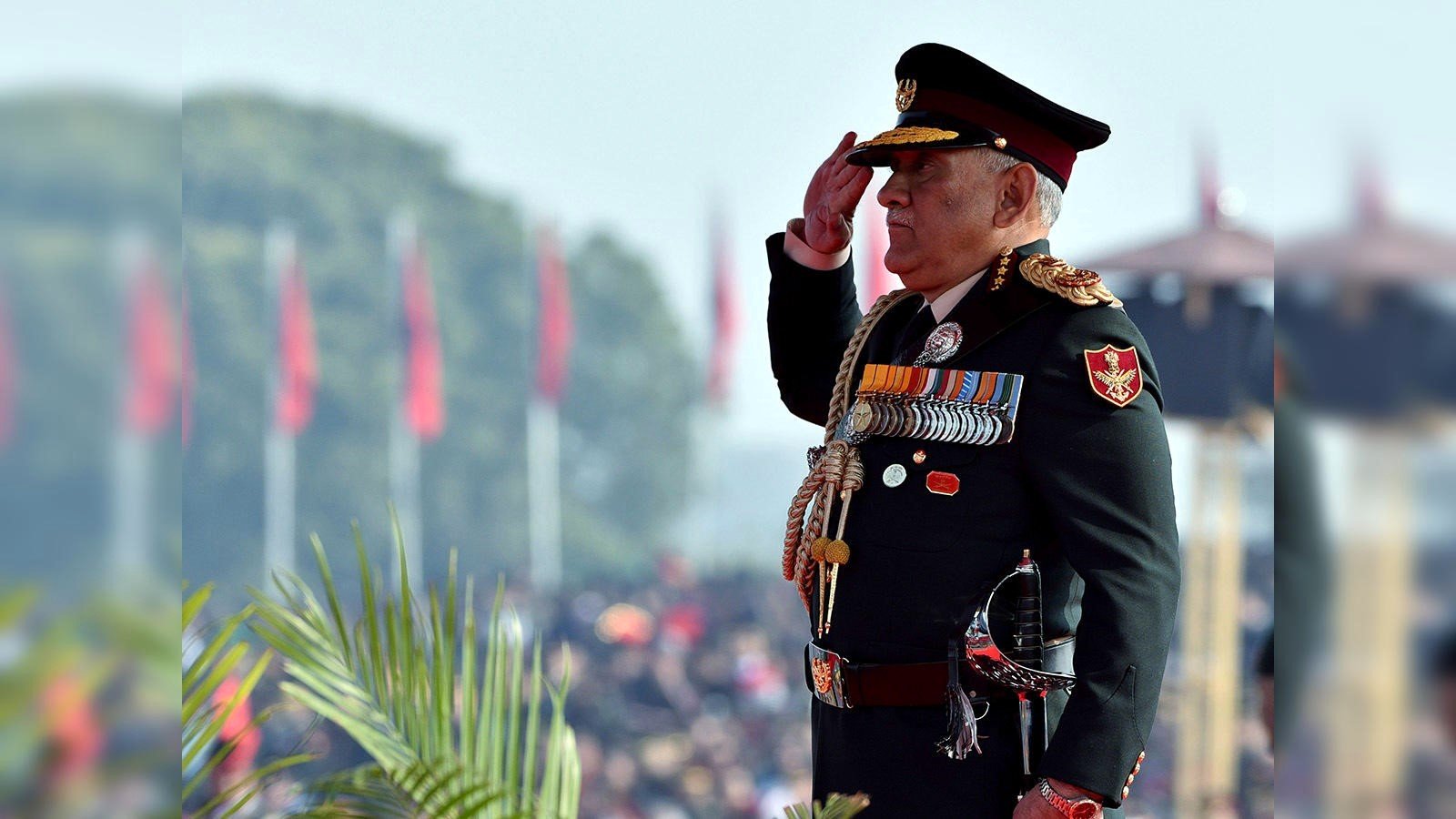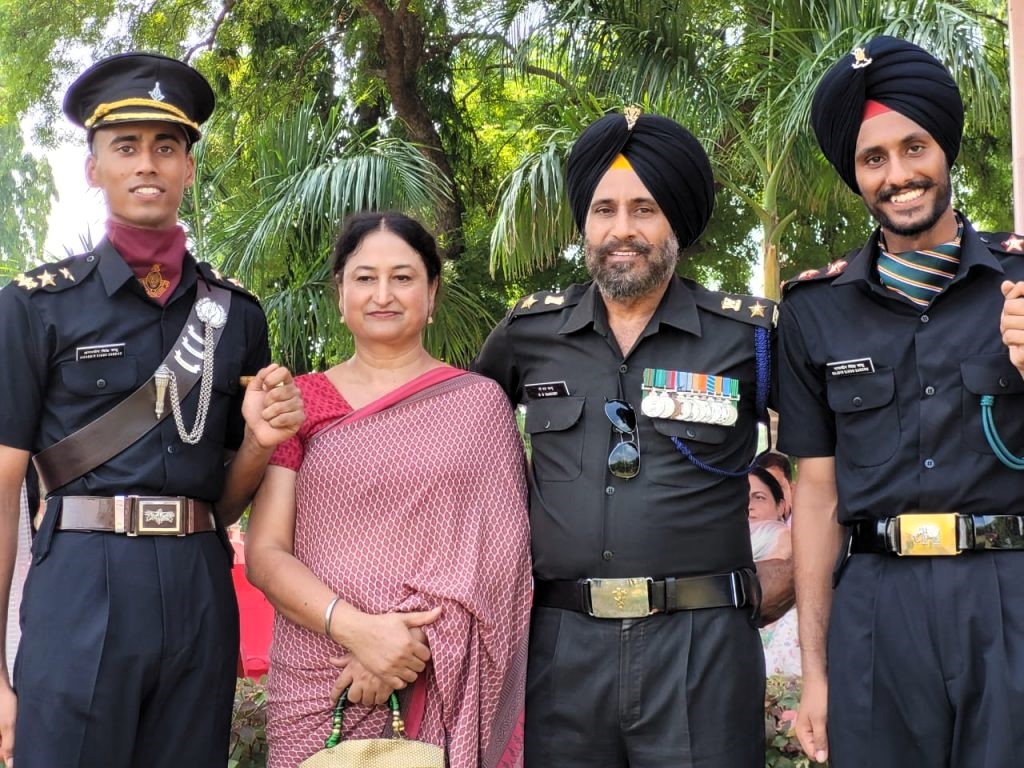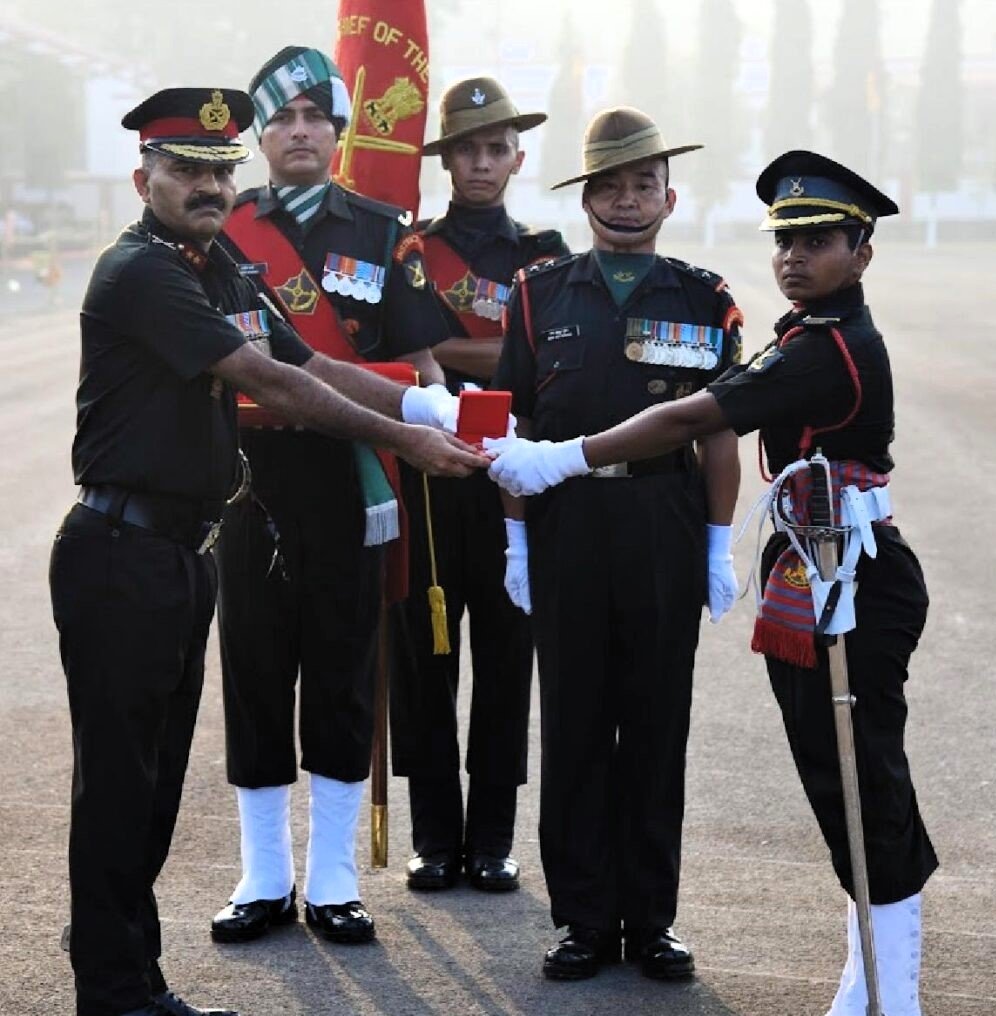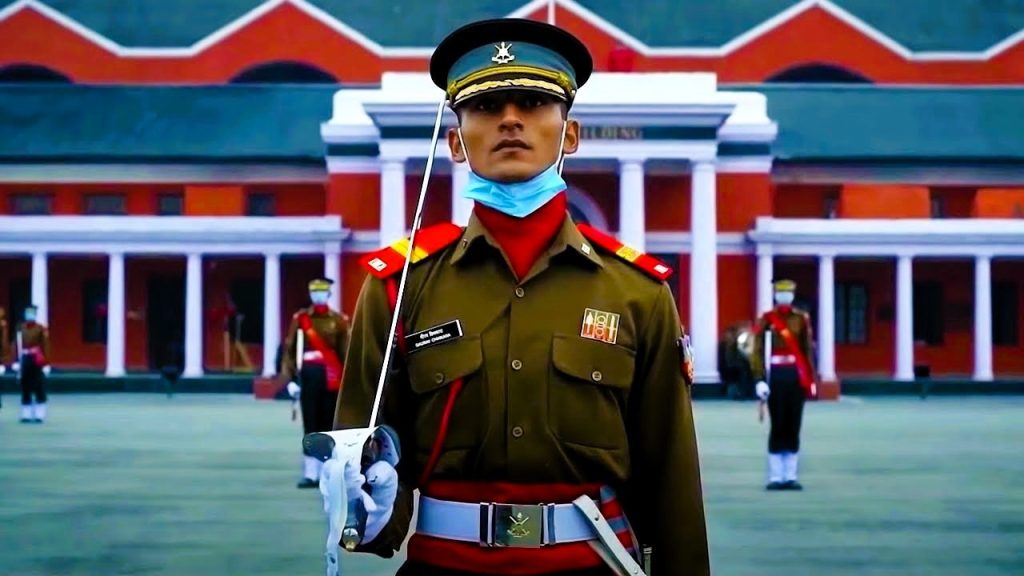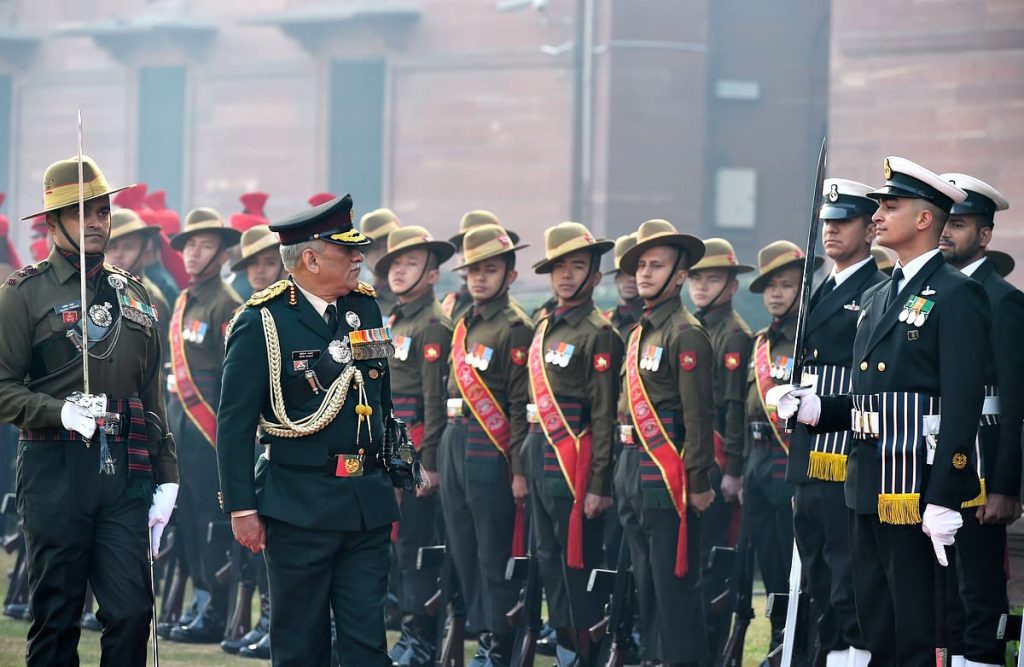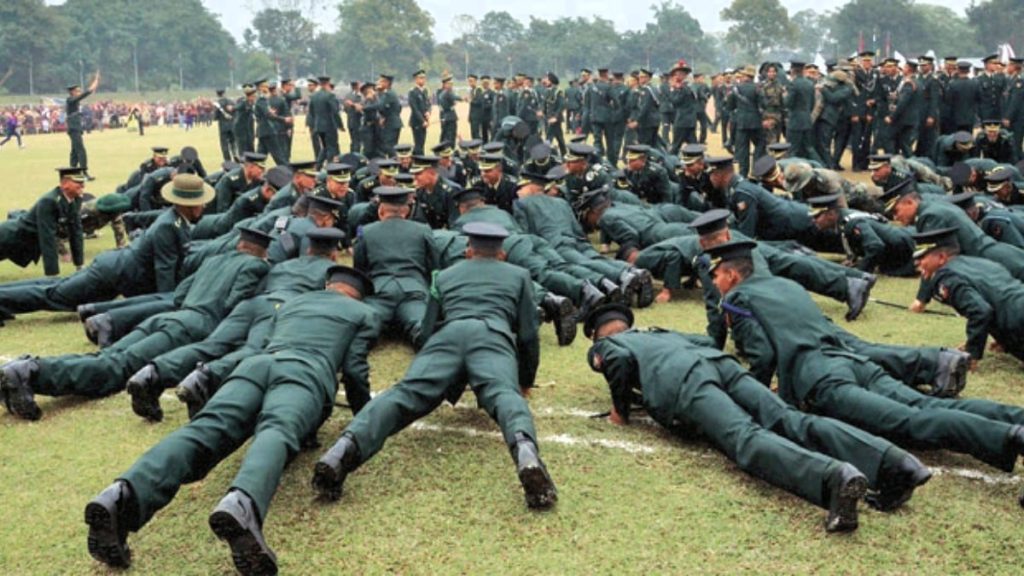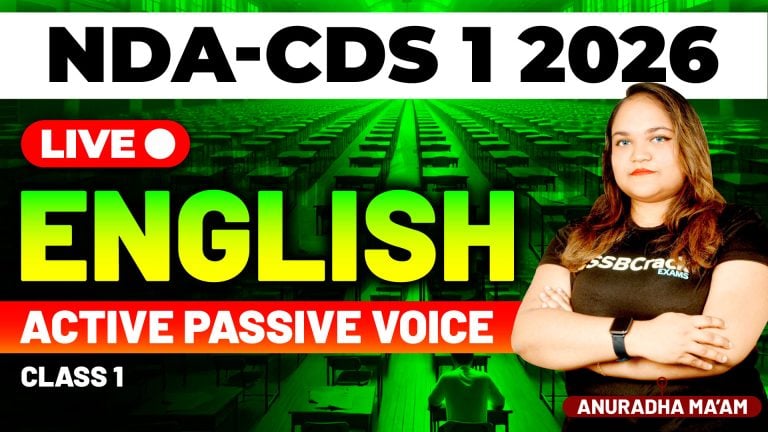Achieving success in the Combined Defence Services (CDS) exam signifies the commencement of an exceptional journey into a career in the Indian armed forces. Once candidates pass the CDS Merit List and receive their academy joining letters, they embark on an adventurous phase characterized by rigorous training, camaraderie, and a deep sense of duty to the nation. This article explores the experiences that unfold after the CDS exam.
Life After CDS Exam
Induction and Training
After passing the CDS exam, candidates embark on an intensive training journey at renowned academies like the Indian Military Academy (IMA), Indian Naval Academy (INA), Air Force Academy (AFA), or Officers Training Academy (OTA). This phase not only enhances physical fitness but also instills discipline, leadership, and a deep commitment to duty.
Life within Academies
Life at these military academies is full of physical, mental, and character-building activities. Trainees not only develop values such as honor, courage, and integrity but also create enduring bonds with course mates, forming a supportive community. The rigorous training schedules, combined with academic coursework, ensure a well-rounded development of each individual.
Branch Allocation and Specialization
Upon completing training, officers are assigned to specific branches based on their preferences, aptitude, and the requirements of the armed forces. This critical phase allows individuals to discover their niche within the Army, Navy, Air Force, or specialized branches, contributing distinctively to the Indian Armed Forces.
Operational Roles and Responsibilities
Commissioned CDS officers undertake various operational roles, including leading troops, serving on warships, or monitoring air defence systems. The diversity of roles ensures that each officer plays a unique part in safeguarding the nation, fostering a profound sense of purpose and commitment.
Continuous Learning and Professional Advancement
Life in the armed forces is characterized by continuous learning opportunities. Officers engage in advanced courses, participate in international exercises, and contribute to strategic planning, fostering a culture of intellectual growth and adaptability. This ongoing education is crucial for keeping pace with evolving military technologies and strategies.
Career Progression
The armed forces offer a structured career progression, with numerous opportunities for promotions and leadership roles. Officers advance through the ranks based on merit, dedication, and expertise, with the leadership skills honed during training proving essential in handling greater responsibilities.
Harmonizing Personal and Professional Life
Maintaining a balance between personal and professional life is one of the biggest challenges of an officer’s life due to frequent relocations, deployments, and extended periods away from family. Nonetheless, the armed forces provide a supportive community, helping officers overcome these challenges and develop a sense of belonging.
Post-Retirement Opportunities
After a rewarding career, retired officers possess a wealth of experience and skills. Many choose to contribute further to society in various ways such as academia, corporate sectors, or social service. The disciplined mindset and leadership acumen acquired in the armed forces position retirees as valuable assets across various fields.
CDS Job Profile and Career Growth
The Union Public Service Commission CDS EXAM offers an excellent job profile for candidates who join the defense services. Initially, qualified candidates start as lieutenants after completing their training. Here is a detailed overview of the job profile and career growth in the armed forces:
CDS Job Profile and Promotion Criteria
| S.No. | Job Profile | Job After Promotion | Criteria for Promotion |
|---|---|---|---|
| 1 | Lieutenant | Captain | After 2 years of service |
| 2 | Captain | Major | After 6 years of service |
| 3 | Major | Lieutenant Colonel | After 13 years of service |
| 4 | Lieutenant Colonel | Colonel | After 15 years of service |
| 5 | Colonel | Colonel (TS) | After 16 years of service |
| 6 | Colonel (TS) | Brigadier | After 23 years of service |
| 7 | Brigadier | Major General | After 25 years of service |
| 8 | Major General | Lieutenant General | After 28 years of service |
| 9 | Lieutenant General | General | No Restrictions |
Life After Success in the CDS Exam
Success in the CDS exam begins an adventurous journey filled with challenges, personal growth, and a sense of purpose. From demanding training to dynamic roles within the armed forces, individuals walk a courageous path that leaves the ordinary behind. The CDS exam not only opens the door to a prestigious profession but also serves as a transformative force, shaping individuals into leaders dedicated to serving their nation.
Detailed Journey from Training to Post-Retirement
Induction into Training Academies
The journey begins with induction into one of the premier training academies of the Indian armed forces. The Indian Military Academy (IMA) in Dehradun, the Indian Naval Academy (INA) in Ezhimala, the Air Force Academy (AFA) in Dundigal, and the Officers Training Academy (OTA) in Chennai and Gaya are the institutions where the future leaders of the armed forces are trained. Each academy has its unique curriculum and training methodology, but all focus on developing well-rounded officers capable of leading in challenging environments.
Rigorous Training Programs
The training programs at these academies are meticulously designed to test and enhance the cadets’ physical and mental fortitude. The cadets undergo various drills, physical training sessions, tactical exercises, and academic classes. The aim is to develop their leadership qualities, decision-making abilities, and resilience. CDS Cadets also learn the importance of teamwork and camaraderie, essential traits for military officers.
Life in the Academy: A Day in the Life
A typical day in a military academy is highly structured, starting early in the morning with physical training, followed by academic classes, drills, and various other activities. Evenings are often dedicated to sports and other extracurricular activities. This rigorous schedule helps in building discipline and time management skills among the cadets.
Branch Allocation and Specialization
Upon successful completion of the training, cadets are commissioned as officers and allocated to specific branches of the armed forces. The allocation is based on the individual’s preferences, aptitude, and the needs of the service. This specialization is crucial as it determines the officer’s future role and responsibilities within the military.
Army, Navy, and Air Force Specializations
- Indian Army: Officers may join infantry, artillery, armored corps, engineers, or other specialized units.
- Indian Navy: Options include submarines, naval aviation, surface ships, and marine commandos.
- Indian Air Force: Specializations include fighter pilots, transport pilots, technical branches, and air defense.
CDS Operational Roles and Responsibilities
As commissioned officers, individuals are entrusted with significant responsibilities. They lead troops, manage sophisticated equipment, and ensure the operational readiness of their units. Each role, whether on land, sea, or air, demands a high level of expertise, leadership, and dedication.
Leadership and Command
Officers in the armed forces are often placed in command positions early in their careers. They are responsible for the welfare and performance of their subordinates, requiring strong leadership skills and the ability to make quick, effective decisions under pressure.
Continuous Learning and Professional Advancement
The Indian armed forces emphasize continuous professional development. Officers have numerous opportunities to attend advanced courses, both within India and abroad. These courses cover a wide range of topics, from advanced military tactics to leadership and management training.
International Exposure and Exercises
Participation in international exercises and collaborations with foreign military forces provides valuable exposure and helps in enhancing strategic and operational skills. These experiences are crucial for the professional growth of the officers and for fostering international military relations.
Career Progression: Climbing the Ranks
The structured career progression in the armed forces ensures that officers have clear pathways for advancement. Promotions are based on merit, performance, and experience. Officers are expected to take on increasingly complex and significant roles as they move up the ranks.
Promotion Timeline
Here’s a detailed look at the typical promotion timeline:
| Rank | Years of Service |
|---|---|
| Lieutenant | 0-2 years |
| Captain | 2-6 years |
| Major | 6-13 years |
| Lieutenant Colonel | 13-15 years |
| Colonel | 15-16 years |
| Brigadier | 23 years |
| Major General | 25 years |
| Lieutenant General | 28 years |
| General | No set time |
Harmonizing Personal and Professional Life
Balancing personal and professional life in the armed forces can be challenging due to the nature of the job. Frequent relocations, deployments, and extended periods away from family are common. However, the military community offers strong support systems to help officers and their families cope with these challenges.
Support Systems and Community Life
Military bases are equipped with amenities and services to support families, including schools, medical facilities, and recreational activities. The sense of community and the bonds formed among military families provide a strong support network.
CDS Post-Retirement Opportunities
Retired officers from the armed forces are highly sought after in various sectors due to their leadership skills, discipline, and strategic thinking. Many retired officers pursue second careers in academia, corporate sectors, or public service.
Transition to Civilian Life
The transition from military to civilian life can be smooth due to the extensive skills and experiences gained during military service. Retired officers often take up roles that leverage their leadership and management capabilities.
Contributions to Society
Retired officers continue to contribute to society in various ways. Many engage in social service, start their own businesses, or take on advisory roles in government and private organizations. Their experience and insights are invaluable in many fields.
Conclusion
Life after the CDS exam is an adventurous journey filled with challenges, personal growth, and a sense of purpose. From the demanding training at prestigious academies to dynamic roles within the armed forces, individuals embark on a courageous path that leaves the ordinary behind. The CDS exam not only opens the door to a prestigious profession but also serves as a transformative force, shaping individuals into leaders dedicated to serving their nation.
The journey from induction to post-retirement is marked by continuous learning, professional advancement, and opportunities for personal growth. The structured career progression, along with the support systems within the military community, ensures a rewarding and fulfilling career. Even after retirement, the skills and experiences gained in the armed forces position individuals for successful second careers, allowing them to continue contributing to society in meaningful ways.
In summary, a career in the Indian armed forces offers a unique blend of adventure, responsibility, and growth, making it a prestigious and transformative profession for those who choose to walk this path.
FAQs
1. What happens after passing the CDS exam?
After passing the CDS exam, candidates are selected for training at one of the prestigious academies: Indian Military Academy (IMA), Indian Naval Academy (INA), Air Force Academy (AFA), or Officers Training Academy (OTA). This training phase focuses on physical fitness, discipline, leadership, and commitment to duty. Upon completion, candidates are commissioned as officers in their respective branches.
2. What are the different branches an officer can join after completing training?
After completing training, officers can join various branches depending on their preferences, aptitude, and the needs of the armed forces. The primary branches are:
Indian Army: Infantry, Artillery, Armored Corps, Engineers, and other specialized units.
Indian Navy: Submarines, Naval Aviation, Surface Ships, and Marine Commandos.
Indian Air Force: Fighter Pilots, Transport Pilots, Technical Branches, and Air Defense.
3. What kind of roles and responsibilities do commissioned officers take on?
Commissioned CDS officers take on various operational roles such as leading troops, managing sophisticated equipment, and ensuring the operational readiness of their units. Responsibilities vary depending on the branch and specialization but generally include leadership, strategic planning, and execution of military operations.
4. How do the armed forces support continuous learning and professional advancement?
The armed forces emphasize continuous learning and professional development. Officers have opportunities to attend advanced courses, both within India and internationally. They also participate in joint exercises with foreign military forces and engage in strategic planning and research, fostering a culture of intellectual growth and adaptability.
5. How do officers balance personal and professional life in the armed forces?
Balancing personal and professional life in the armed forces can be challenging due to frequent relocations, deployments, and extended periods away from family. However, the military community provides strong support systems, including amenities and services on military bases, to help officers and their families cope with these challenges.
